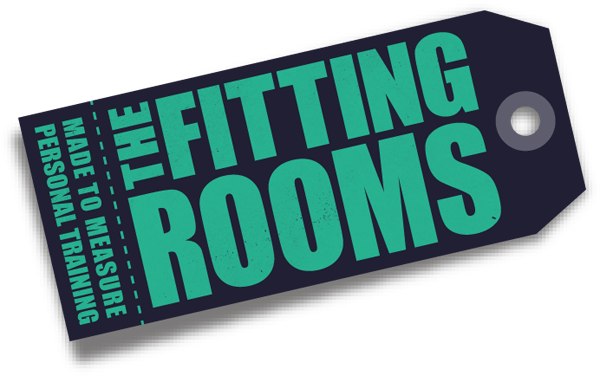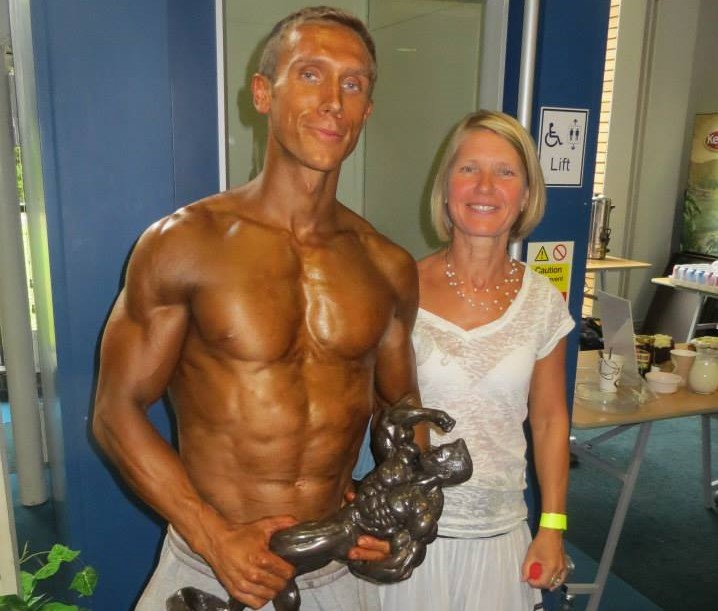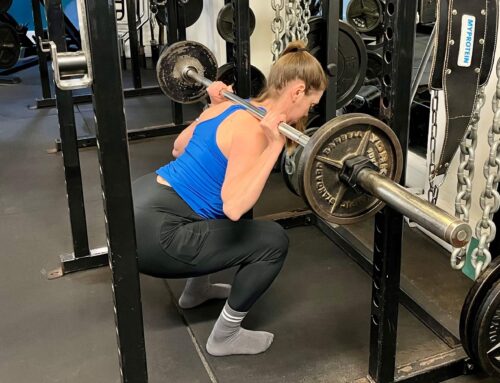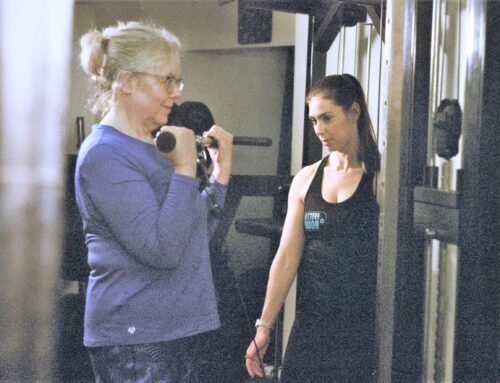Happy Mother’s day to all you mums out there!
We’ve got a lot to thank our mums for, which brings us on nicely to today’s topic of genetics… Let’s discuss all the things we should, or perhaps shouldn’t, be grateful for inheriting from our parents.
When it comes to training results, genetics can play a major role. But whether you’re genetically gifted or not, there are still many ways to make the most of your body.
Body Fat:
Whilst there is evidence suggesting that genetics, or nature, can play a part in adult obesity, the biggest factor will always be nurture. Unfortunately if you did develop more fat cells as a kid, then you will have more fat cells as an adult. However, whilst adults can’t lose fat cells, they can be reduced in size and with the right balance of resistance training and diet I have seen people that were very large kids develop fantastic physiques.
Body Shape:
It goes without saying that you cannot change your bone structure, but you can work on bringing your proportions into line. For example, if you have wide hips then work on your shoulders to balance your body shape.
Muscle Type:
We all have a mix of fast and slow twitch muscles but most people will be more dominant in one than the other. Test this out on your key lifts: use 85% of your 1 rep max and see how many reps you can achieve with a 4010 tempo: 4 or less, you’re a fast twitcher; 5-7, you’re an intermediate; 8 or more and you’re a slow twitcher. You can then best target your training to work to your advantage, a subject we’ll discuss in more details another time. Note that you may be fast twitch on some movements and slow on others.
Muscle Attachments:
Some are gifted with attachments that are optimal for strength and muscle development. If you’re not one of those, this can be worked around by finding the exercises that hit each particular muscle best for you. For example: dips may be a great exercise for one individual’s chest development, whilst incline dumbbell press may be superior for another individual.
Calves:
We all know that guy who struggles with calf development and unfortunately small calves are in the main genetic. However many people underestimate the importance and effectiveness of direct calf training. Train the calves heavy with a straight leg (e.g. standing or on a leg press) for 12-15 reps, then train them with a bent leg (e.g. seated) at higher reps 20-25 reps, and train them twice a week!
Hormones:
Some people have naturally higher levels of hormones such as testosterone, estrogen and growth hormone which are important when it comes to building mass. However, most hormone imbalances or deficiencies can be managed through supplementation, diet and lifestyle.
So there you have it, we all have much to thank our mums for but if you do have genetic holdbacks there are always ways to train around them and make the best of what you have!








Leave A Comment